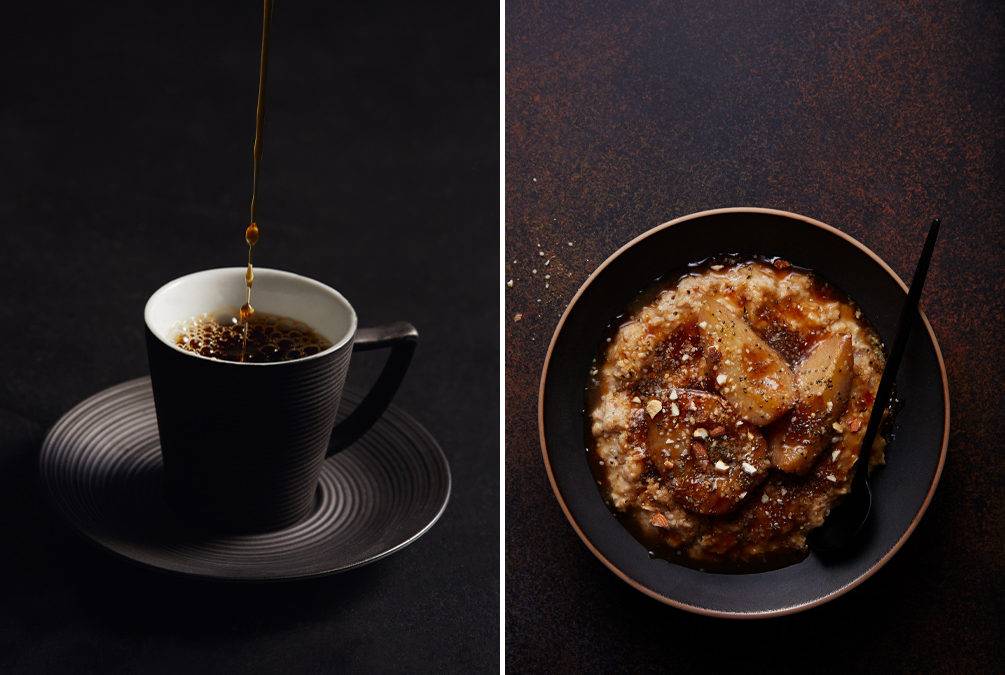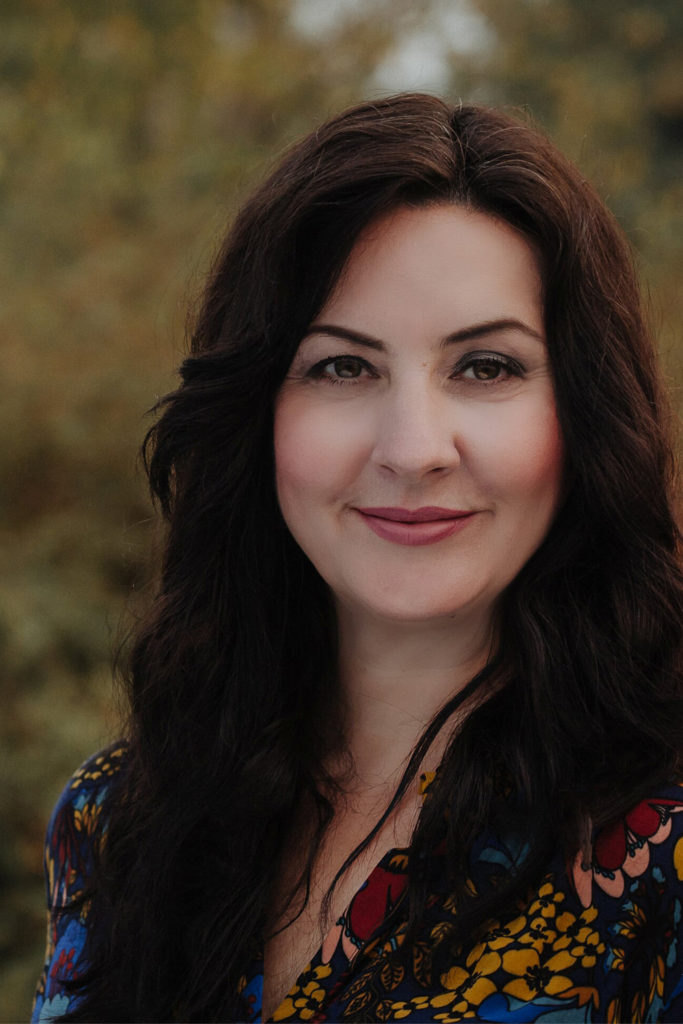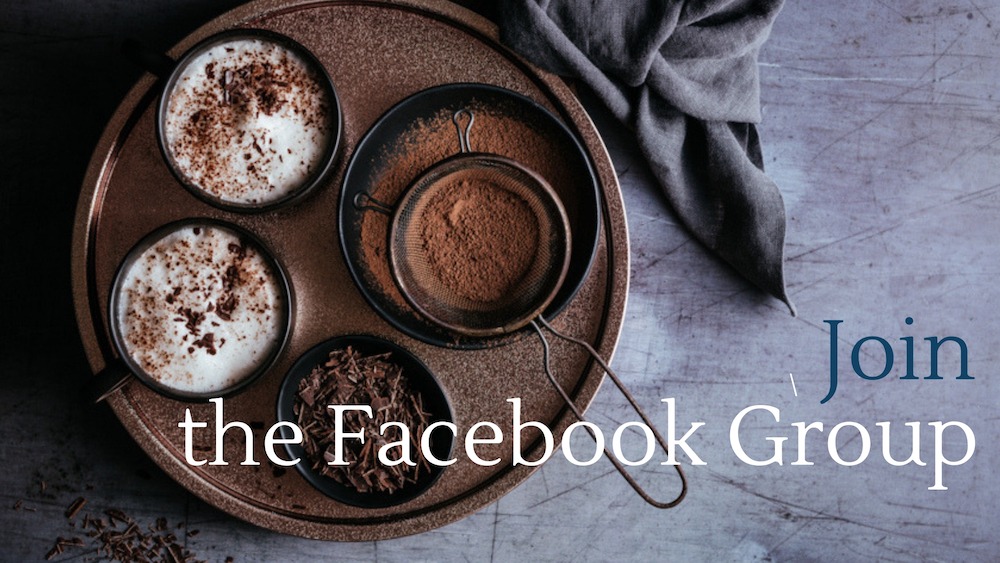Pricing is something that every photographer struggles with on some level, but pricing for food photographers can be extra challenging: there are so many variables that come into play. Even experienced photographers make mistakes with pricing, and when you’re starting out, learning to price your work can be confusing and anxiety-provoking.
Here are some of the most common mistakes I’ve noticed emerging photographers make in pricing commercial food photography.

What Is Commercial Food Photography?
First of all, what is commercial food photography anyway?
At a basic level, if the image is used to sell a product, then it’s “commercial”. But in the photographic industry, “commercial” has a very specific meaning. A commercial food photographer typically works on advertising projects and jobs with budgets large enough to shoot in studio with a team.
With the advent of digital and social media, many photographers make a living shooting content for brands, but these are not the same photographers that shoot the bigger campaigns. To get these kinds of jobs, you need experience, the quality of your photography has to be at a certain level, and your marketing needs to target these clients in a certain way.
Mistake #1 – Offering Package Pricing
When it comes to commercial food photography, offering a client package pricing is a bad idea. In fact, it’s not something that is typically done. There are usually too many variables from shot to shot. It can take you an hour to capture one image on the shot list, while it may take four hours to get another.
One of the hardest things to learn as a photographer is to anticipate how long it will take you to get the shots based on the information that the client gives you. This comes with experience, but you can never actually know for sure because various challenges can come up while you’re shooting.
Package pricing can work when you’re shooting social media or other types of content for a client that involves the same approach from shot to shot. For example, you’re not changing the lighting and you’re doing variation on a similar scene, with the same products.

Mistake #2 – Underestimating Production Costs
When faced having to put an estimate together for a client, many photographers look for ways to cut costs to lower the total number in hopes they will get chosen for the job. The misconception is that the job will go to the cheapest photographer. This is sometimes the case, but the key factors in choosing a photographer are usually their skill and style and how Hits the vision of what the client wants.
Cutting costs creates two problems: one is that most of the line items on an estimate are fixed. They don’t go to you. These are costs such as the food stylist, equipment rental, a digital tech, props etc. If you don’t get paid enough to cover these costs, it will eat into your profit.
Also, if a client looks at your quotes and sees that you are underestimating costs, they will think that you’re inexperienced and don’t understand how to put together a photography production and won’t hire you.
Mistake #3 – Not Hiring a Professional Food Stylist
One of the questions I get asked by small and medium-sized clients is if I do the food styling. A lot of small business owners don’t have much experience (if any) in working with a photographer and seem to think that the food photographer should also be preparing and styling the food—for free.
I’ve been told point blank by some pretty well-known brands that they won’t hire me if I don’t do the food, and that food styling is not in the budget,
Anyone who has ever taken pictures of food knows that food styling is a completely different skill set from photography.
As a photographer, your job is the lights and image capture. This is what you need to concentrate on. You can’t also be worrying about the food.
If you do commissioned shoots at home from brands or food bloggers, you usually style the food, but on commercial gigs, this is a disaster waiting to happen.

Mistake #4 – Undercharging for Usage Rights
As a commercial photographer, you should be charging for usage rights. The client needs to pay you a fee to license the image, depending on how they are going to use it, and how long they want to use it for.
For example, social media usage fees are the lowest because the image doesn’t have longevity. It comes up in the feed and it’s quickly gone, while the costs for a company to advertise on a billboard with your photo should be substantial.
Think of usage fees as your profit, while your creative fee or photographer’s fee as what covers your costs.

To Sum Up
Ultimately, learning to price your food photography takes time and experience. Sometimes you will look back and see mistakes you have made. Hopefully you can learn from them.
Despite these mistakes, there is no one right answer to how to price your food photography. Sometimes you may want to negotiate a little less for usage to work with that dream client. Or cut a few corners in production costs—like not charging a fee for the use of your own equipment.
Just remember that cheaper isn’t always better. What counts is that you deliver what the client requires. To be able to do that, you’ll need a certain budget and to be able to cover your own expenses.
Want to go in depth on pricing and marketing your food photography? Contact me to find out more about my online 1:2:1 MENTORING.
1





